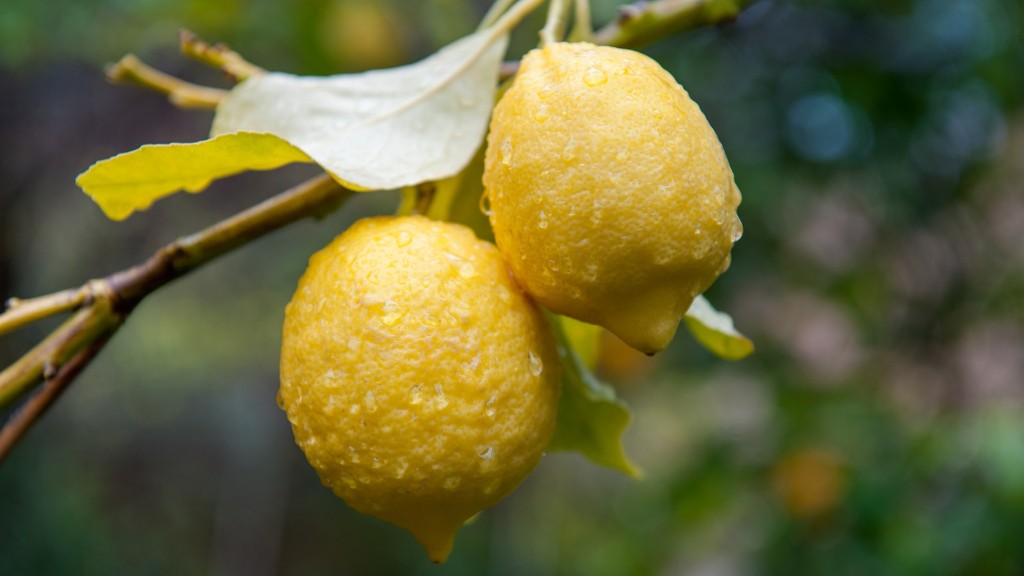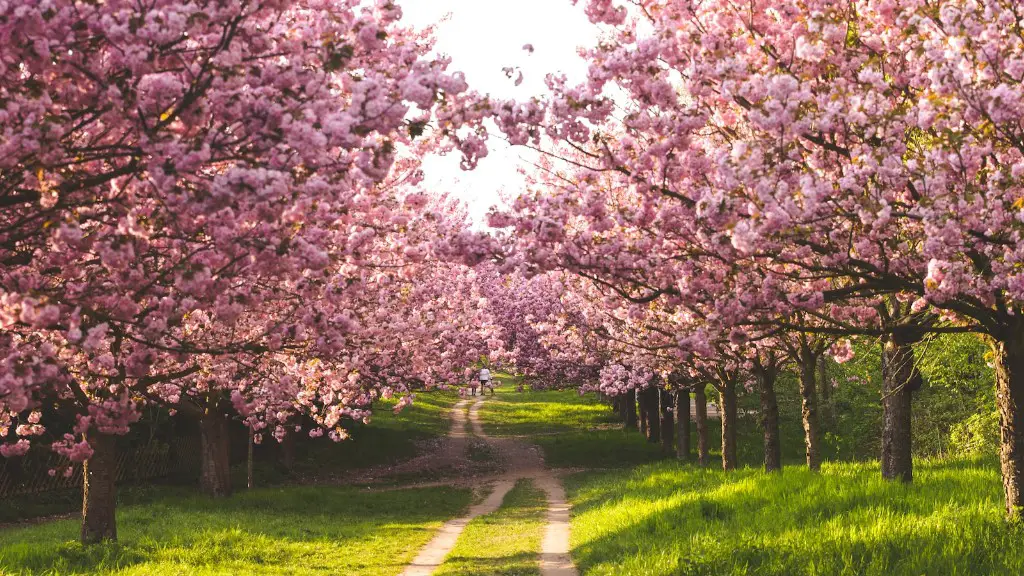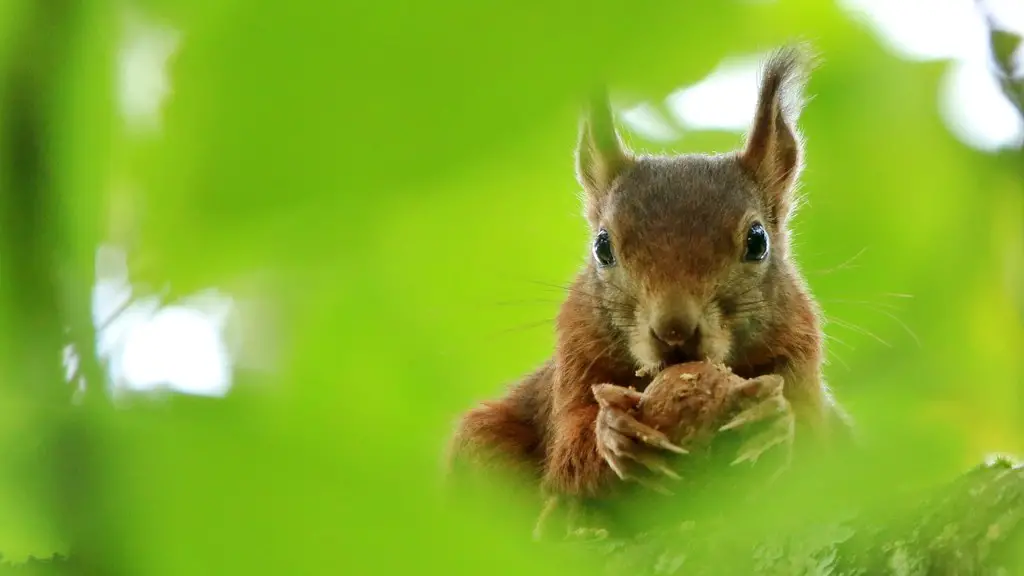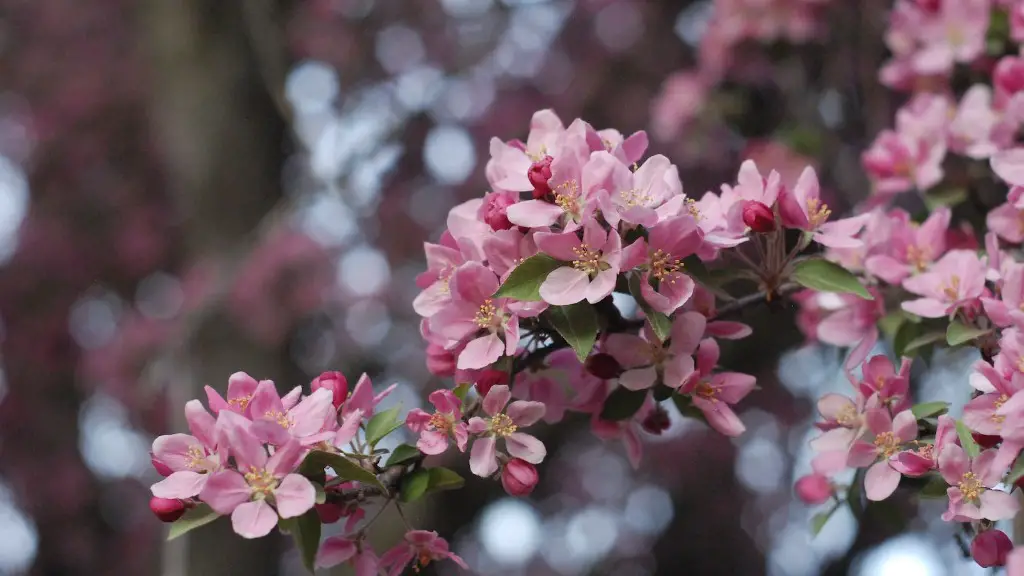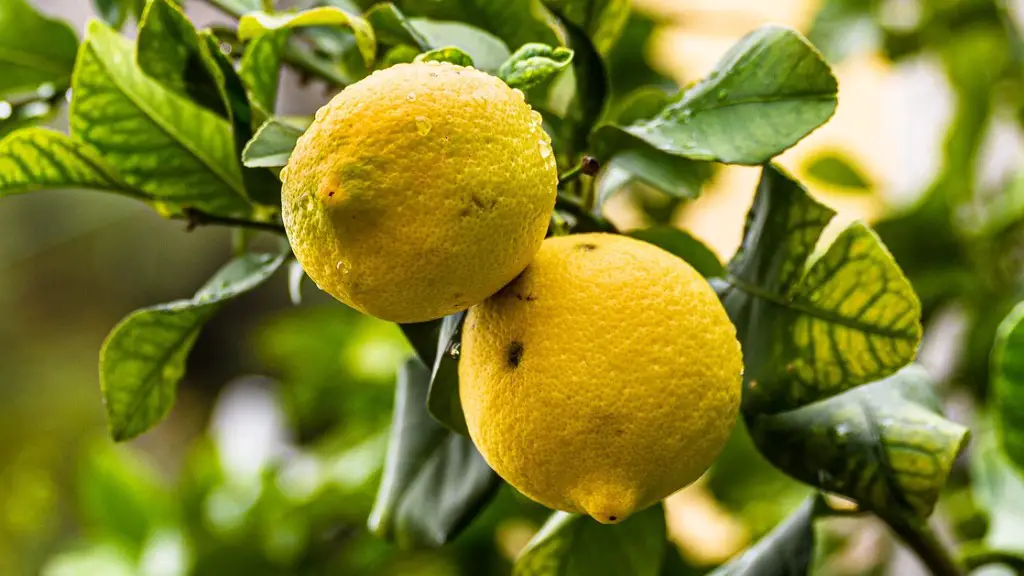Most fruit-producing trees take many years before they mature and begin to bear fruits. Dwarf Meyer Lemon trees, however, reach maturity and begin to bear fruits rather quickly. The question then remains, how big do these trees get? On average, a Dwarf Meyer Lemon tree can reach 8-10 feet in height.
The roots can spread up to a twelve foot radius, allowing the tree to draw nutrients from a wide area and be productive. Pruning is important to limit the growth of the tree and help it reach the desired height. Pruning should be done twice a year, once during the pruning season of early spring and again before the fall season for optimal results.
The tree has a dense, upright structure and its stems should be thinned out from time to time to increase air flow and reduce the amount of foliage. By doing so, more light can reach the tree, promoting more flower production and better quality fruits.
Fertilization is also essential in helping dwarf Meyer lemon trees reach their full potential. Organic compost is a great choice as it helps to improve soil texture and prevents nutrient deficiency. Fertilizing in late winter and early spring right before flowering can help promote better bloom production and result in a good crop of fruits.
Finally, adequate water and sunshine is a must for these trees. Dwarf Meyer lemons need at least 8 hours of direct sunlight a day and should be watered regularly. Deep watering helps to prevent nutrient leaching and increase drought tolerance, making it easier to care for your tree in the long run.
Meyer Lemon Tree Varieties
Meyer lemons have become increasingly popular over the past few years, and there are now several varieties of Dwarf Meyer lemon trees available. The ‘Improved Meyer’ is one of the most popular varieties, as it is known for its heavy yield of fruit and ease of care. There are also several dwarf varieties that can range in height from as low as 4 feet, making it perfect for growing in containers.
For those who may want variety without having to purchase multiple trees, there are also multi-grafted trees available. These trees are grafted with two or more Meyer lemon varieties to produce several types of fruit from the same tree. The Meyer lemon is also very tolerant to cold temperatures, so even those in cooler climates can enjoy the fruits of their labour.
Harvesting and Eating Dwarf Meyer Lemons
Dwarf Meyer lemons can be harvested once the fruits have reached their full size, usually 6-7 months after being planted. The fruits are ready for harvest when the rind turns yellow and the skin is slightly soft when pressed. For optimal taste, harvest the fruits when they are completely yellow and still slightly firm.
Once the fruits are harvested, they can be used right away or stored in a cool place for up to two weeks. Dwarf Meyer lemons are known for their unique sweet, tart flavour and they can be used in a variety of recipes including salads, drinks, sauces and desserts. They also make a great addition to any fruit platter or cheese board, as their bright yellow colour adds vibrancy and sweetness to any dish.
Caring for a Dwarf Meyer Lemon Tree
Caring for a Dwarf Meyer Lemon tree requires a moderate amount of effort, but the fruits are well worth it. Regular pruning, fertilization and watering are essential for a good yield, as are ensuring adequate sunlight and airflow for the tree. Pollination can also be increased by hand, making it easier for the tree to produce fruits.
Overall, a Dwarf Meyer Lemon tree is an excellent choice for those looking for a low-maintenance fruit tree. It is a hardy variety that can survive extreme temperatures and yields an abundance of sweet, tart fruits. With a little bit of effort and care, anyone can enjoy the sweet fruits of a Dwarf Meyer Lemon tree.
Disease and Pests
Dwarf Meyer Lemon trees are quite resilient but that doesn’t mean they are impervious to disease and pests. Pruning and fertilization is an important part of keeping the tree healthy, and it is also important to keep an eye out for any signs of disease or pests. Common pests include aphids, mites and scale, while diseases such as citrus greasy spot and citrus greening must be dealt with immediately to prevent any further damage to the tree.
Once pests or diseases are detected, it is important to act quickly to treat them. Pruning heavily infested branches and spraying the tree with an approved insecticide can help to manage the pests, while treating with a fungicide is the best way to combat disease. Working with a certified arborist is a great way to ensure that any diseased trees are properly treated and do not spread the disease to other trees.
Advantages of Dwarf Meyer Lemons
Dwarf Meyer Lemon trees are perfect for people who want to grow their own citrus fruits, but don’t have the space or resources to care for a large tree. They can be planted in the ground or grown in pots, making them highly versatile and able to be placed in areas such as balconies or patios that don’t typically have the required space for larger trees.
In addition, Dwarf Meyer lemons are much easier to prune and maintain than other citrus trees, as it doesn’t require as much effort or time to keep them healthy and productive. The trees also produce a good crop of fruits for an extended time and require very little fertilization, making them less expensive to maintain and ideal for those working on a budget.
The Bottom Line
Overall, the Dwarf Meyer Lemon tree is a great choice for anyone who wants to grow their own citrus fruits. This hardy variety produces an abundance of sweet, tart fruits and reaches a height of 8-10 feet with a root spread of up to twelve feet. It is important to provide the tree with adequate sunlight, water and fertilization in order for it to thrive and produce good quality fruits. Pruning and managing pests and diseases can also help to keep the tree healthy and productive, ensuring a good yield of fruits for years to come.
